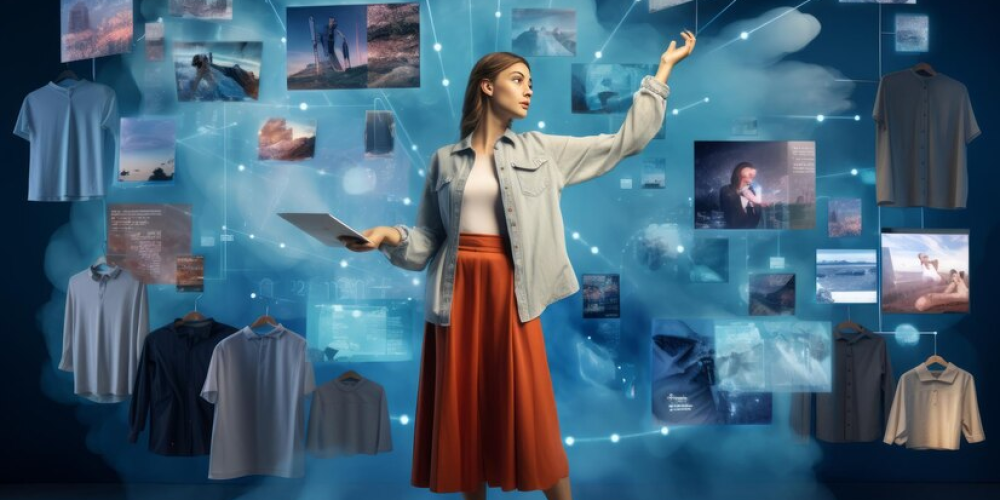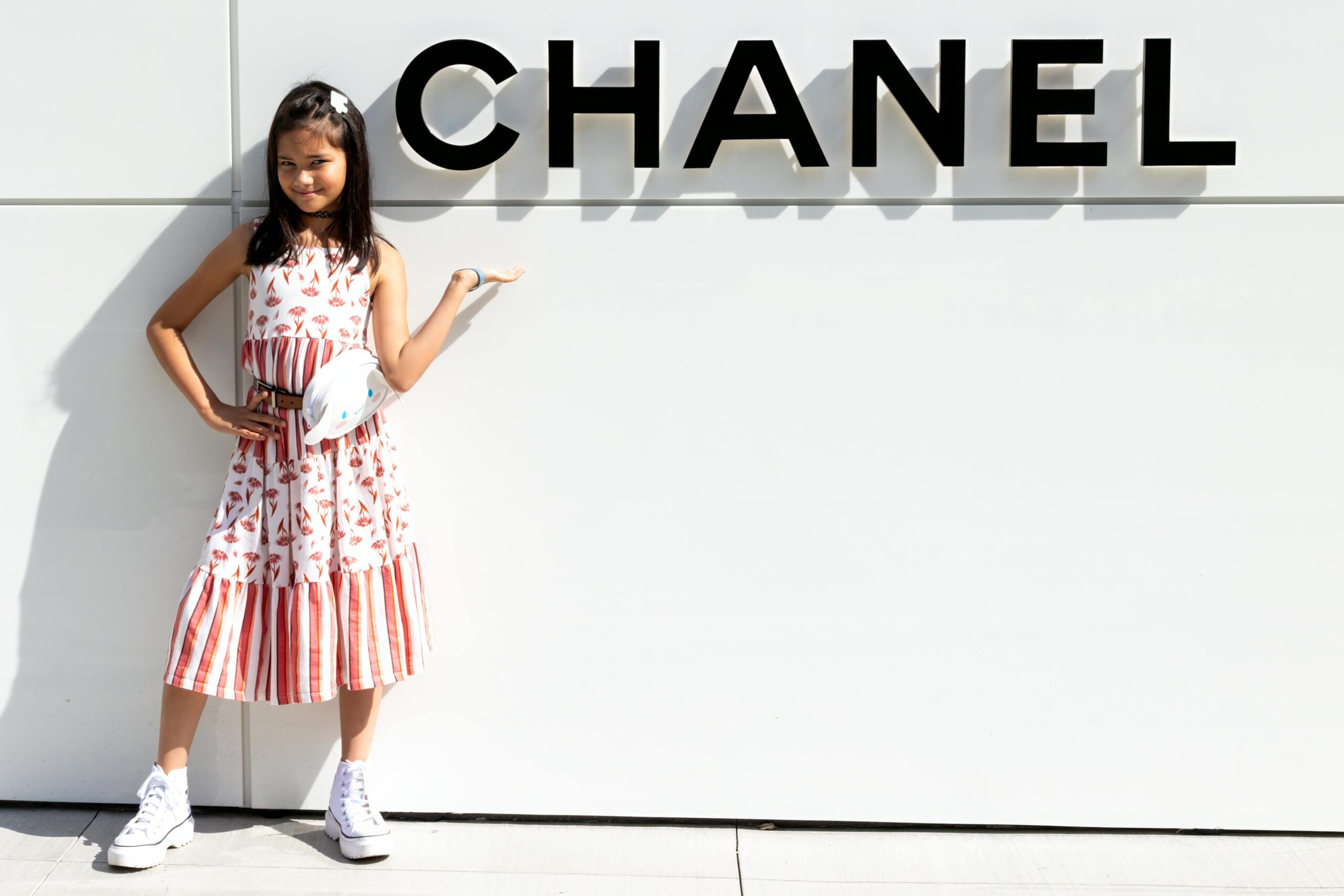Introduction
The digital world is witnessing a revolution in fashion with the rise of virtual fashion and influencer culture. With digital avatars, virtual try-ons, and AI-generated models becoming increasingly popular, the fashion industry has entered uncharted territory. This new landscape, where models can be entirely digital and influencers are created rather than born, has raised several legal challenges, particularly when it comes to the misuse and morphing of images of these viral models. While traditional fashion models have long been protected by copyright and image rights, virtual models present a new set of concerns. How are these rights protected in a world of digital manipulation, and who is accountable when these images are misused or altered?
The Rise of Virtual Models
 In recent years, virtual models have gained significant attention. Brands and designers, eager to engage with a tech-savvy audience, have embraced virtual influencers to model their creations. These digital personalities, such as Lil Miquela and Shudu, have millions of followers and are regularly featured in marketing campaigns for major brands. They offer a variety of advantages: they are available 24/7, are free from human limitations, and can be perfectly controlled and curated to fit a brand’s image.
In recent years, virtual models have gained significant attention. Brands and designers, eager to engage with a tech-savvy audience, have embraced virtual influencers to model their creations. These digital personalities, such as Lil Miquela and Shudu, have millions of followers and are regularly featured in marketing campaigns for major brands. They offer a variety of advantages: they are available 24/7, are free from human limitations, and can be perfectly controlled and curated to fit a brand’s image.
However, the popularity of these virtual models also raises significant concerns regarding their legal protection, particularly when it comes to the use, misuse, and morphing of their images.
The Problem of Image Misuse
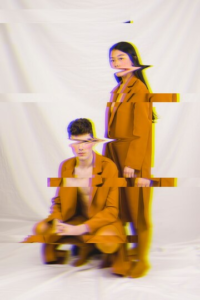 Image misuse refers to the unauthorized use of a model’s likeness for purposes other than what was originally intended. For virtual models, this can include everything from using their images in inappropriate or offensive contexts to copying and redistributing their images without permission. The issue of misuse is especially pertinent in a world where anyone can digitally manipulate images and share them widely on social media.
Image misuse refers to the unauthorized use of a model’s likeness for purposes other than what was originally intended. For virtual models, this can include everything from using their images in inappropriate or offensive contexts to copying and redistributing their images without permission. The issue of misuse is especially pertinent in a world where anyone can digitally manipulate images and share them widely on social media.
In the case of human models, their image rights are usually protected by contracts that dictate how their likeness can be used. These contracts are typically managed by modeling agencies or personal representatives, and they include terms that prevent unauthorized use of their image. However, when it comes to virtual models, the situation is more complicated.
Since virtual models don’t exist in the physical world, traditional image rights don’t directly apply. Yet, their digital images are still creations that are copyrighted, and thus, their creators can assert ownership over how their likeness is used.
Laws Protecting Virtual Models
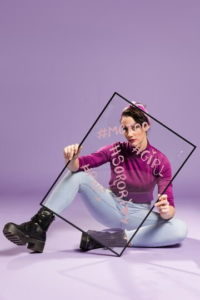 Copyright Law:In many countries, images and digital creations are automatically protected by copyright law. If a virtual model is designed using original artwork, digital assets, and other creative work, the creator of the virtual model (usually a digital artist or company) holds the copyright to the design. This means that anyone using an image of the virtual model without permission may be infringing on the creator’s copyright.
For example, if a company takes a picture of a virtual model and uses it in a marketing campaign without permission, the creator of the model could potentially sue for copyright infringement. This protection extends to digital images, animations, and even videos of virtual models, as long as the work is original.
Copyright Law:In many countries, images and digital creations are automatically protected by copyright law. If a virtual model is designed using original artwork, digital assets, and other creative work, the creator of the virtual model (usually a digital artist or company) holds the copyright to the design. This means that anyone using an image of the virtual model without permission may be infringing on the creator’s copyright.
For example, if a company takes a picture of a virtual model and uses it in a marketing campaign without permission, the creator of the model could potentially sue for copyright infringement. This protection extends to digital images, animations, and even videos of virtual models, as long as the work is original.- Right of Publicity/Image Rights: The right of publicity allows individuals to control the commercial use of their likeness. In the case of human models, this right can prevent others from using their images for advertising or promotional purposes without consent. For virtual models, a similar right can be claimed by the creators who designed them. However, unlike traditional models, virtual models can be entirely manipulated, altered, and morphed to create new versions of the model. This morphing of images can be problematic, as it can lead to unauthorized or distorted representations of the virtual model. For instance, if someone were to alter a digital image of a virtual model to make it appear in a controversial or damaging light, the creator of that model could potentially claim that their image rights were violated.
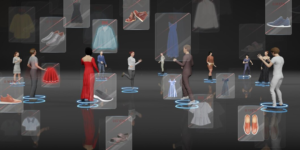 Trademark Law:
In some cases, a virtual model’s name, likeness, or brand may be trademarked. This is especially likely when the virtual model becomes a brand in its own right, much like a human influencer or celebrity. Trademark law can protect the name or image of a virtual model from being used in a way that causes confusion or harm to the brand. If someone uses a trademarked virtual model’s likeness without permission, they may be infringing on the trademark.For instance, if a virtual model has become synonymous with a particular fashion line or brand, unauthorized use of that model’s image could dilute the brand’s reputation or confuse consumers. In this case, trademark law could be invoked to prevent misuse.
Trademark Law:
In some cases, a virtual model’s name, likeness, or brand may be trademarked. This is especially likely when the virtual model becomes a brand in its own right, much like a human influencer or celebrity. Trademark law can protect the name or image of a virtual model from being used in a way that causes confusion or harm to the brand. If someone uses a trademarked virtual model’s likeness without permission, they may be infringing on the trademark.For instance, if a virtual model has become synonymous with a particular fashion line or brand, unauthorized use of that model’s image could dilute the brand’s reputation or confuse consumers. In this case, trademark law could be invoked to prevent misuse.
The Issue of Morphing
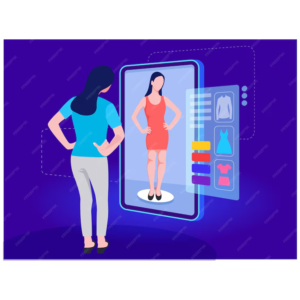 Morphing refers to the act of altering or manipulating an image to create a new version, often with the intent of making it look more appealing, controversial, or aligned with a particular narrative. In the case of virtual models, morphing presents a unique challenge because digital images can be easily altered and modified by anyone with the right software.
Morphing refers to the act of altering or manipulating an image to create a new version, often with the intent of making it look more appealing, controversial, or aligned with a particular narrative. In the case of virtual models, morphing presents a unique challenge because digital images can be easily altered and modified by anyone with the right software.
For example, a popular virtual model could have their image morphed to depict them in different clothing, exaggerated poses, or even altered facial features. While this may seem harmless, it can pose significant risks to the creator’s brand and image, especially if the alterations are not aligned with the model’s intended use or identity.
Some of the challenges presented by morphing include:
- Loss of control over the model’s image: Creators may lose the ability to maintain a consistent brand or persona for their virtual model if others can easily manipulate their images.
- Negative associations: If a virtual model’s image is morphed into inappropriate or controversial contexts, it could harm the model’s reputation and brand value.
- Fake or misleading representations: Morphing can also create deceptive versions of the virtual model, leading to confusion among consumers.
Legal Recourse for Misuse and Morphing
When virtual models’ images are misused or morphed without permission, the creators have legal recourse. Depending on the jurisdiction, creators can use copyright law, the right of publicity, or trademark law to pursue claims against those who infringe on their rights. Legal action could involve:
- Cease-and-desist letters: A first step often involves sending a formal notice demanding that the infringing party cease using or altering the virtual model’s image.
- Copyright infringement suits: If a violation of copyright has occurred, the creator can file a lawsuit to seek damages or an injunction to prevent further misuse.
- Right of publicity claims: If the virtual model’s image is altered in a way that harms its brand or reputation, the creator could potentially file a right of publicity lawsuit.
Conclusion
As virtual fashion and digital influencers continue to grow in influence, the legal framework surrounding image misuse and morphing must evolve. While virtual models do not have the same physical presence as human models, their likeness is still protected by intellectual property laws, including copyright, image rights, and trademark protection. Creators and brands must remain vigilant against unauthorized uses of their virtual models’ images, particularly when it comes to morphing, manipulation, or misrepresentation. As the digital fashion industry expands, legal protections will need to adapt to ensure that creators maintain control over their virtual creations in this rapidly changing space.

